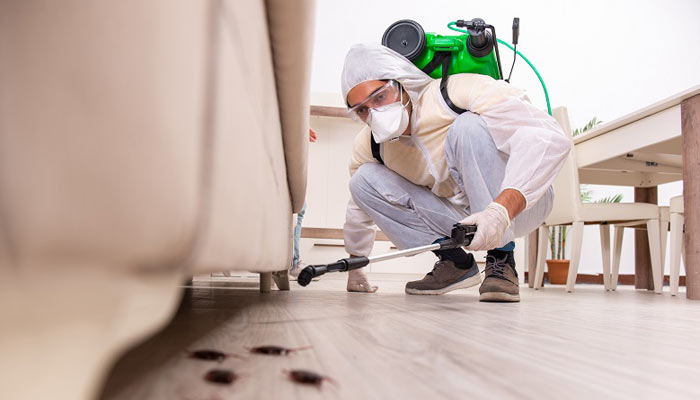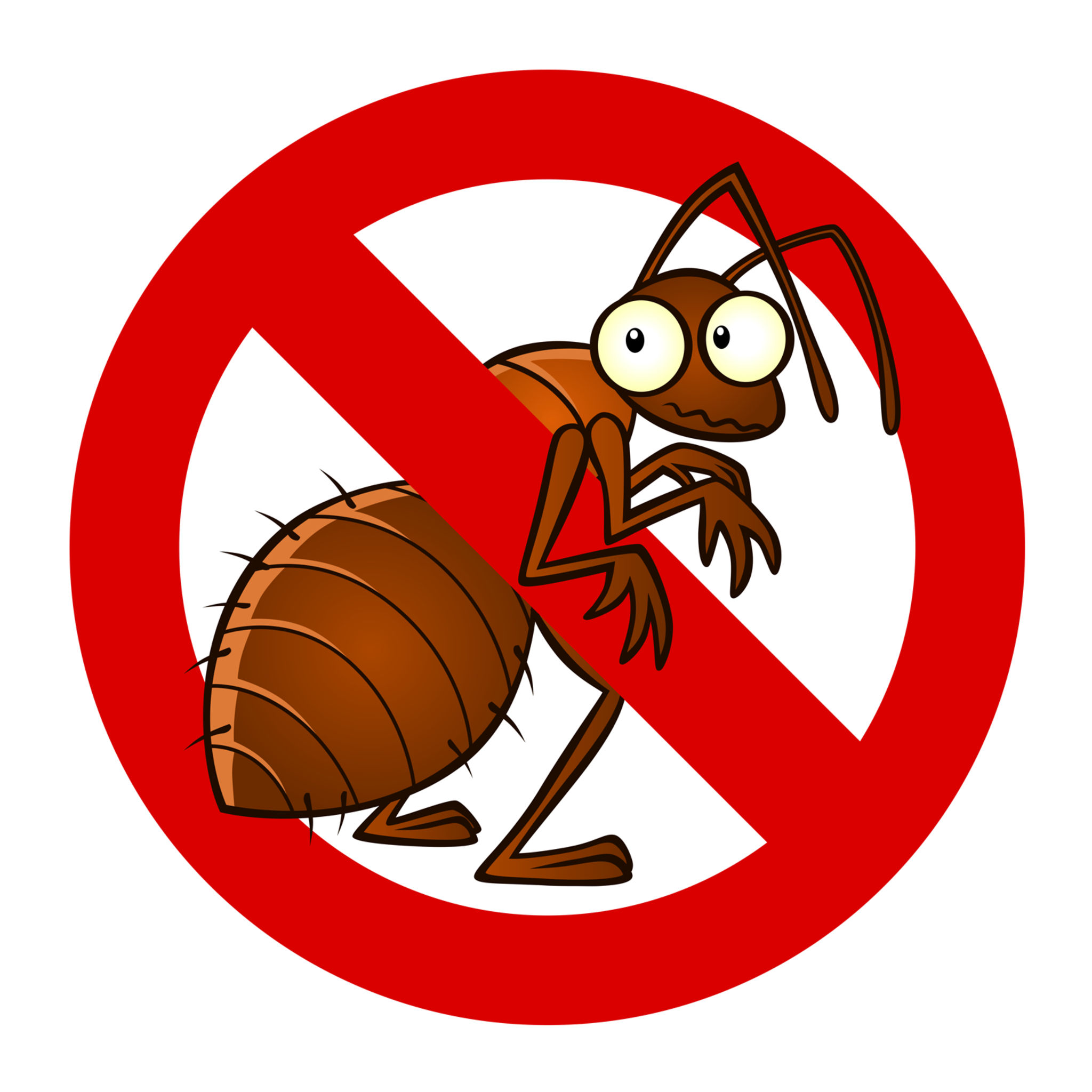A1 Pest Control Portland Bed Bugs - Specialist Elimination Provider
A1 Pest Control Portland Bed Bugs - Specialist Elimination Provider
Blog Article
Efficient Bug Control Solutions: An In-Depth Appearance at Extermination Techniques and Prevention Actions
In the realm of pest control solutions, the effective administration of invasions needs a precise approach that incorporates different methods and actions for both obliteration and avoidance. From Integrated Parasite Management (IPM) techniques that focus on lasting solutions to chemical extermination strategies designed for targeted removal, the toolbox against pests is multifaceted and large.

Integrated Insect Monitoring (IPM) Methods
Integrated Insect Management (IPM) Strategies encompass a thorough approach to pest control that concentrates on surveillance, prevention, and control techniques to efficiently handle parasite populations. By incorporating different techniques, IPM aims to lessen the influence of insects while also decreasing the dependence on chemical pesticides. Avoidance exists at the core of IPM, highlighting techniques like correct sanitation, upkeep of health, and sealing entrance points to hinder parasites from infesting structures. Surveillance plays a vital role in IPM by regularly recognizing and examining bug levels to determine the appropriate intervention limits. Control methods in IPM focus on making use of physical, organic, and social methods before transforming to chemical therapies as a last option. These approaches include presenting natural killers, environment modification, and employing capturing gadgets to keep parasite populations in check. Overall, IPM fosters a sustainable and eco mindful method to pest administration, advertising lasting services that safeguard both human wellness and the community.
Chemical Extermination Strategies
Chemical elimination strategies are commonly employed in parasite control services to successfully eliminate parasite populations that pose a risk to human health and home. These methods entail making use of various chemical materials particularly made to target and remove pests such as bugs, rats, and other undesirable animals. The application of pesticides, insecticides, rodenticides, and other chemical representatives is very carefully regulated to ensure optimum performance while minimizing risks to people, family pets, and the setting.
Among the crucial benefits of chemical extermination techniques is their capability to provide fast and targeted outcomes, making them specifically beneficial in situations of serious problems or immediate parasite control requirements - a1 pest control portland bed bugs. However, it is vital to stress the value of proper handling, application, and disposal of these chemical items to avoid unintended injury
Additionally, incorporated bug administration (IPM) strategies typically combine chemical extermination techniques with other approaches such as hygiene, environment adjustment, and biological controls to develop a comprehensive and sustainable pest control strategy. By including chemical extermination strategies sensibly within an IPM structure, parasite control solutions can effectively handle bug populaces while lessening prospective risks to human health and wellness and the environment.
Biological Pest Control Methods
Utilizing all-natural killers and bloodsuckers to handle pest populaces is a lasting technique recognized as biological bug control. a1 commercial pest control portland. One typical organic control method entails presenting natural opponents of the target bug varieties, such as ladybugs for aphid control or nematodes for termite infestations.
One more efficient biological control technique is using microbial pesticides. These are normally happening bacteria, such as bacteria, infections, and fungis, that especially target and infect particular parasite varieties. By making use of these microbial agents, pest populations can be successfully minimized without harming useful organisms or triggering injury to the environment.
Physical Bug Avoidance Measures
Carrying out physical insect prevention procedures involves making use of barriers and architectural adjustments to prevent bugs from getting in or infesting a building (a1 pest control in portland oregon bed bugs). One effective approach is sealing all potential entry points such as spaces around doors, home windows, and energy penetrations. Installing door moves, screens on windows, and securing fractures in the foundation can pest control process aid prevent insects like insects and rats from accessing inside. Furthermore, preserving a clutter-free and tidy setting is crucial as bugs are brought in to food sources and hiding areas. Consistently examining and repairing any kind of damaged screens, vents, or roofing ceramic tiles can additionally aid in keeping insects out.
One more physical avoidance procedure is the use of barriers like fencing to keep bigger insects such as raccoons or deer far from the home. Installing mesh or wire screens around yards can shield plants from being damaged by pests. Proper waste management, consisting of protecting wastebasket with tight-fitting covers, is essential in hindering bugs like insects, rats, and raccoons. By implementing these physical bug prevention measures, homeowner can substantially minimize the threat of insect problems and the damage they can cause.
Specialist Bug Examination Treatments
Conducting systematic and extensive pest assessments is an essential element of specialist insect management protocols. Specialist parasite assessors are educated to meticulously take a look at homes for signs of problems, identifying pest species, entrance factors, and helpful conditions. The assessment process typically begins with a comprehensive assessment of both the exterior and interior of the properties. This includes checking for insect droppings, nibble marks, nests, and any structural damage that may show bug activity. Furthermore, assessors might use customized devices such as moisture meters and borescopes to detect surprise invasions within walls or crawl spaces.

Final Thought
Finally, effective pest control solutions employ a range of techniques, including Integrated Parasite Management straight from the source techniques, chemical extermination approaches, organic controls, and physical prevention steps. Expert bug examination treatments play an important role in determining and resolving pest problems in a timely way. By applying a combination of these methods, homeowner can efficiently manage and stop parasite problems.
From Integrated Pest Management (IPM) strategies that focus on sustainable remedies to chemical elimination methods designed for targeted elimination, the collection versus bugs is diverse and substantial.Integrated Pest Administration (IPM) Techniques include a detailed strategy to pest control that concentrates on prevention, control, and monitoring approaches to efficiently manage insect populaces.Chemical elimination methods are commonly used in pest control solutions to properly get rid of bug populations that posture a threat to human wellness and home.Using all-natural killers and parasites to take care of parasite populaces is a lasting technique known as organic insect control.In final thought, reliable parasite control services utilize a range of strategies, consisting of Integrated Bug Monitoring methods, chemical elimination techniques, biological controls, and physical prevention steps.
Report this page